When it comes to cats, there are few breeds as glamorous and majestic as the Persian cat. But one question that often comes up is: Are Persian Cats Cuddly?
With their luscious fur, big eyes, and nonchalant demeanor, these felines have captured the hearts of cat lovers worldwide.
As any cat owner knows, each feline has their own unique personality and preferences. However, breed can play a role in cat behavior.
Persians are known for being relatively calm and laid-back compared to some other breeds, which might make them more inclined to snuggle up with their owners.
But of course, there are always exceptions – just like some humans don’t enjoy physical affection, some cats may not be into cuddling either.
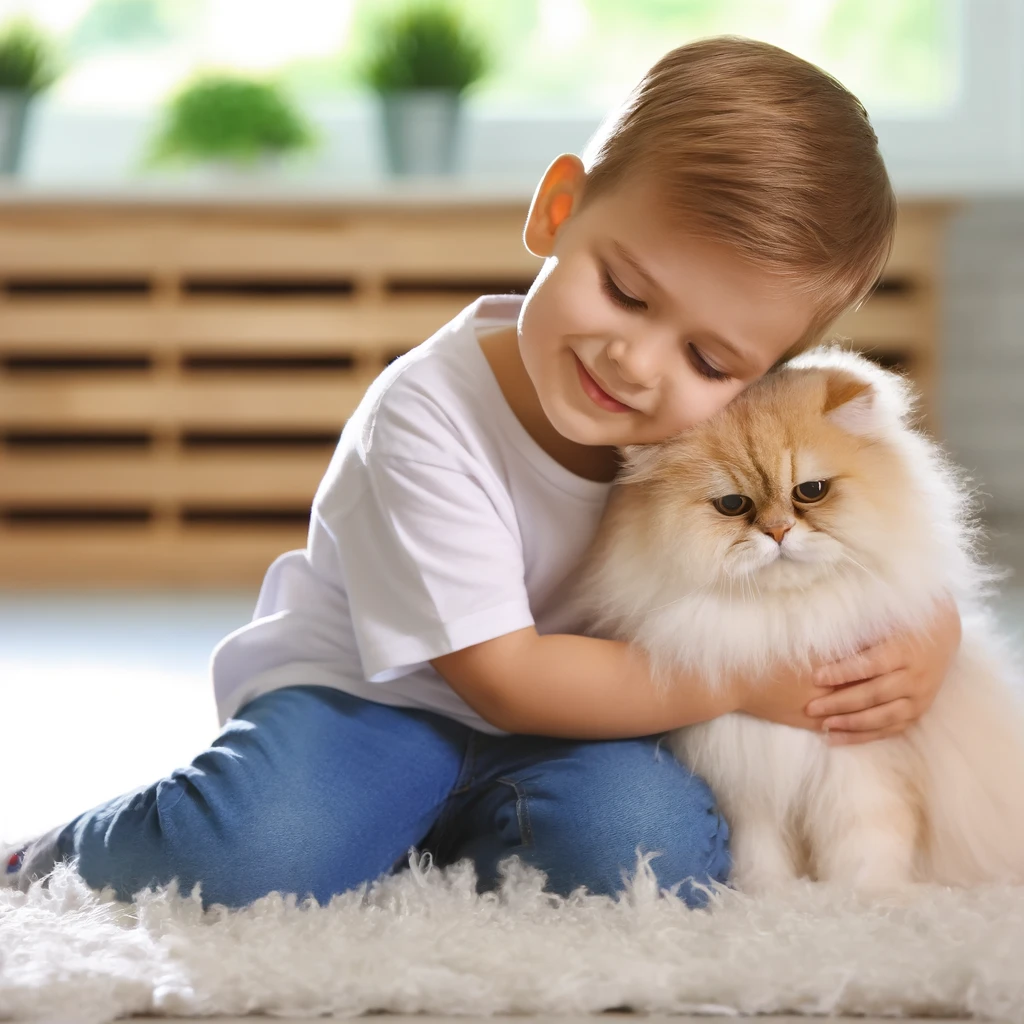
Are Persian Cats Cuddly ?
The answer is a resounding yes! Most Persian cats are incredibly affectionate and love to be cuddled. They enjoy being held and petted, and will often curl up on your lap for hours on end.
Their soft fur makes them even more irresistible to snuggle with. One of the reasons Persian cats are so cuddly is because they have a calm and gentle temperament.
They are not as active as some other cat breeds, which means they prefer to spend their time lounging around with their owners. This makes them perfect for people who want a companion that will always be by their side.
Another reason why Persian cats are so cuddly is because they crave attention from their owners. They love being petted and stroked, and will often nudge you with their head or paw if they want more attention.
This makes them great pets for people who want a furry friend that will always be there to give them love.
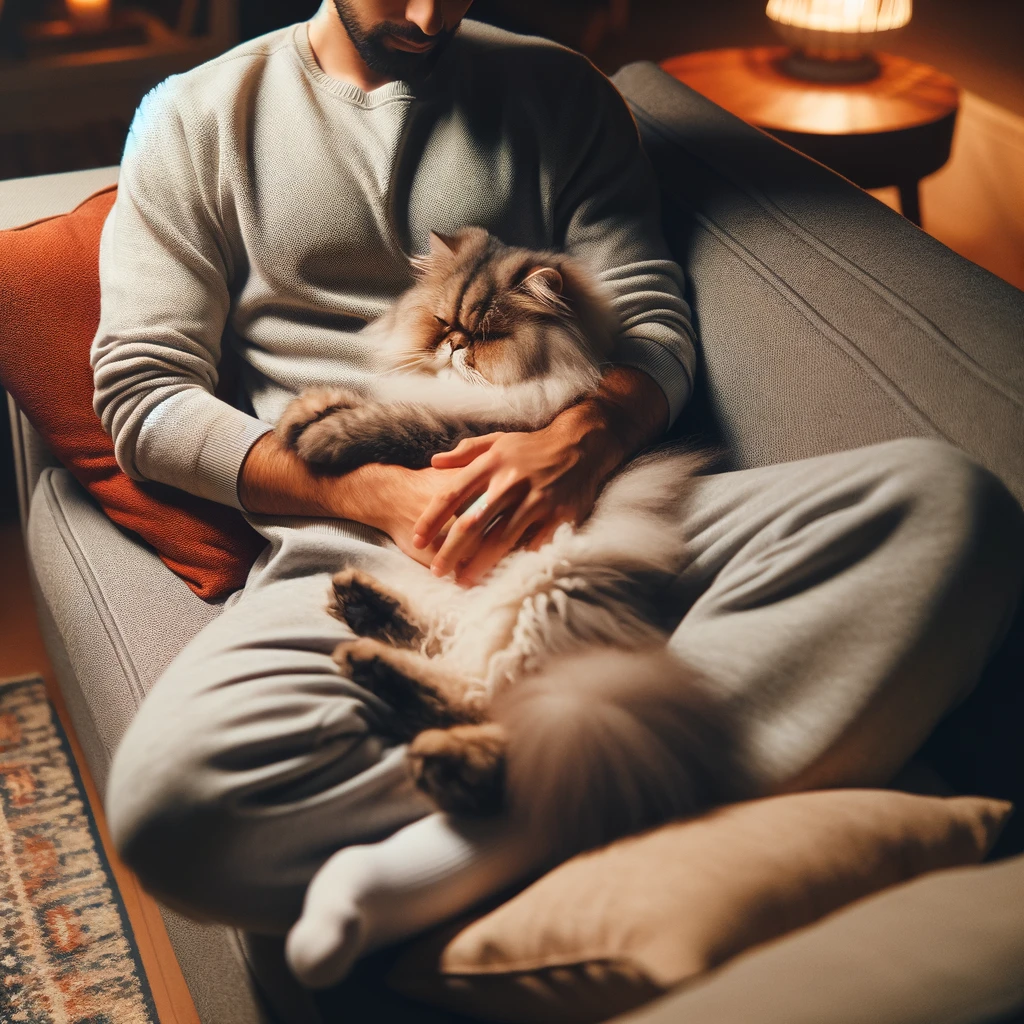
In addition to being cuddly, Persian cats also have many other wonderful qualities that make them great pets. They are intelligent, playful, and loyal companions who will bring joy into your life every day.
So if you’re looking for a furry friend that loves nothing more than snuggling up with you on the couch, then look no further than a Persian cat!
With their gentle temperament and affectionate nature, they make the perfect companion for anyone who wants a loyal friend by their side.
So if you’re lucky enough to have a Persian kitty in your life – go ahead and give them a gentle squeeze!
Just be sure to pay attention to their body language so you can tell whether they’re enjoying the snuggles or would rather have some alone time instead.
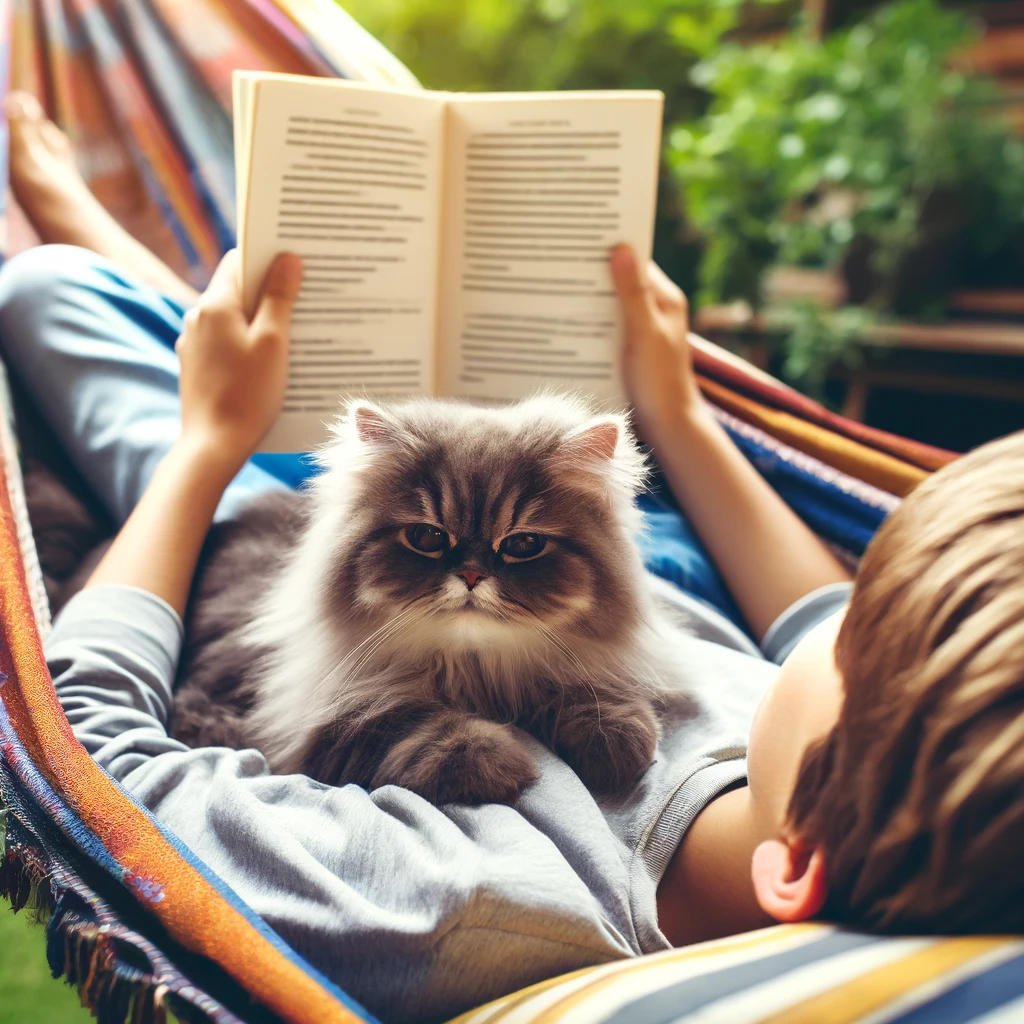
Role Of Breed In Cat Behavior
When it comes to the role of breed in cat behaviour, we can’t ignore the fact that different breeds have different personalities.
For instance, Siamese cats are known for their chattiness and high energy levels, while Persians are renowned for their laid-back and docile nature.
So, does this mean that all Persian cats love to cuddle? Well, not exactly. Persian cats are often described as “lap cats” due to their affectionate nature towards their owners.
They enjoy being petted and stroked, and they’ll often curl up on your lap for a snooze.
However, this doesn’t mean that every Persian cat is a cuddle bug. Like any other animal, each cat has its own unique personality that’s shaped by various factors such as upbringing and environment.
Some Persian cats may be more outgoing and sociable than others; some may prefer to keep to themselves rather than snuggle up with you on the couch.
Moreover, even within a particular breed, there can be significant variations in behaviour based on individual genetics.
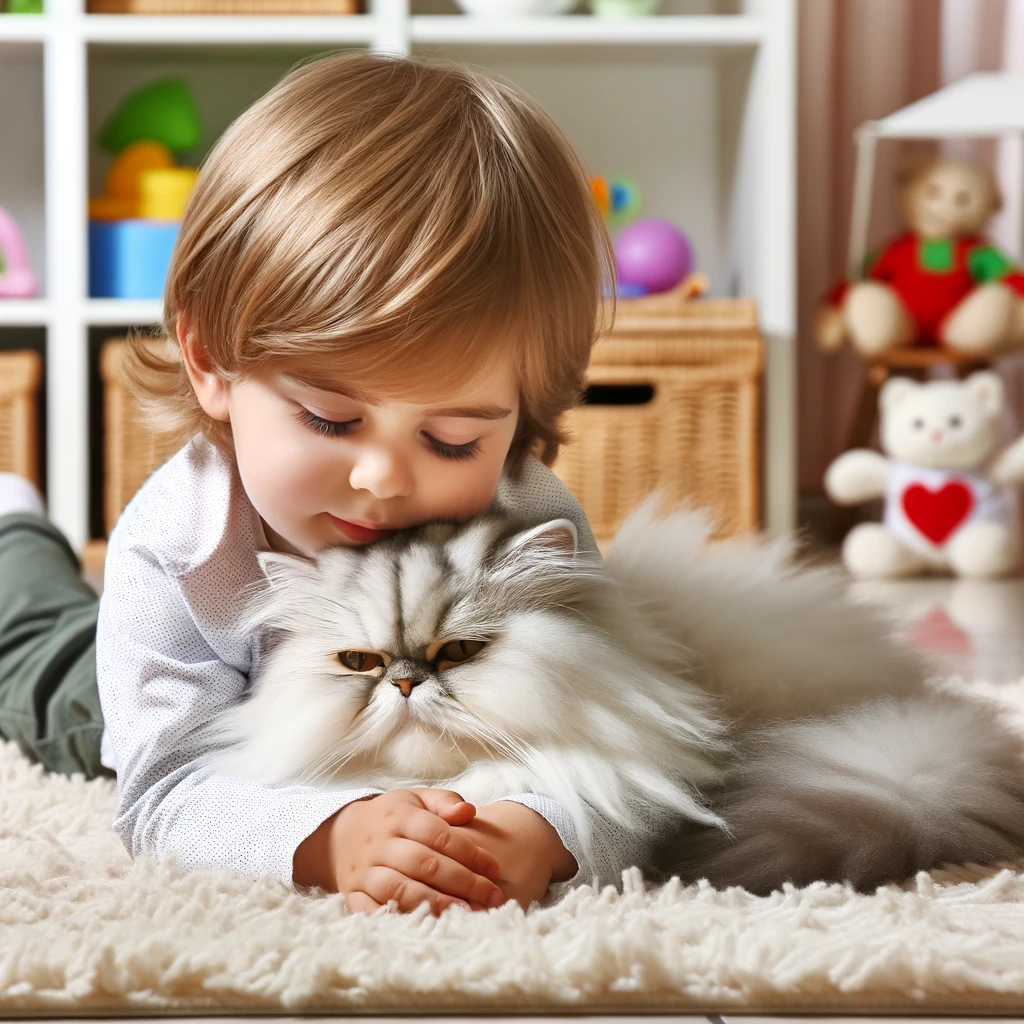
For example, two Persian kittens from the same litter may have entirely different temperaments- one might be a clingy lap cat while the other prefers to play alone.
In short, breed plays a crucial role in shaping a cat’s personality but cannot be relied upon entirely when it comes to predicting behaviour.
You never know what kind of mood your feline friend will be in from one day to the next! So if you’re looking for a cuddly companion who will shower you with affection at every opportunity- don’t just rely on breed alone!
Spend time getting to know your kitty’s likes and dislikes- observe how they respond to different situations or stimuli- this will give you better insight into what makes them tick!
All things considered; it’s safe to say that while Persians do enjoy cuddling up with their human companions – each cat is an individual with a unique personality.
So, if you want to know whether your Persian cat loves to cuddle, the best way is to spend time with them and find out for yourself!
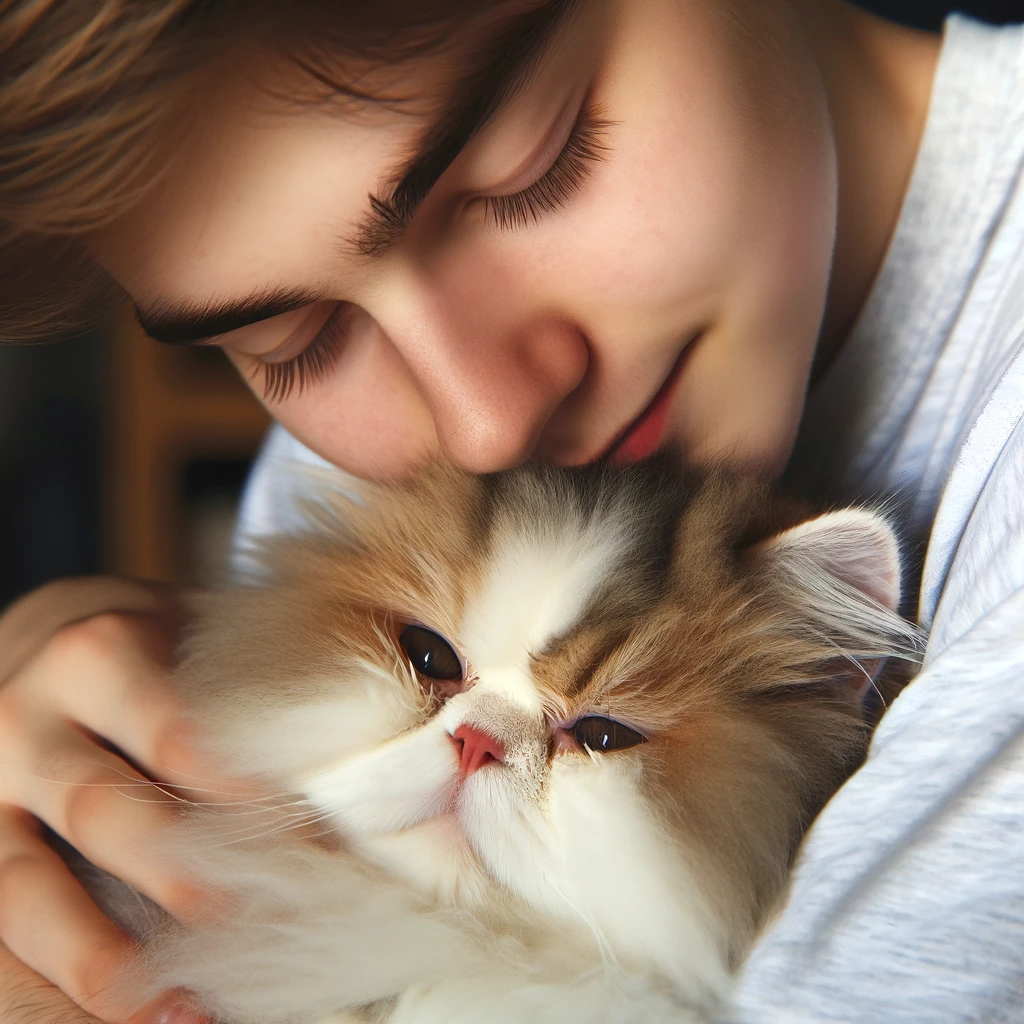
7 Factors Influencing Cuddling Preferences In Persian Cats
Several factors can affect a Persian cat’s cuddling preferences.
1. Age
Age is one of the most significant factors affecting a Persian cat’s cuddling preferences. Kittens tend to be more playful and energetic, which means they may not want to sit still for long periods of time. As they grow older, however, they become more relaxed and enjoy spending time snuggled up with their owners.
2. Personality
Just like humans, cats have unique personalities that can influence their cuddling preferences. Some Persians may be more outgoing and enjoy being held and petted for extended periods of time, while others may prefer shorter cuddle sessions or even prefer to be left alone altogether.
3. Health
A cat’s health can also affect its desire to cuddle. If a Persian is feeling unwell or in pain, it may not want to be touched or held at all. On the other hand, if a cat is feeling particularly comfortable and relaxed due to good health, it may seek out more opportunities for cuddles.
4. Environment
The environment in which a Persian lives can also impact its cuddling preferences. If a cat lives in a busy household with lots of noise and activity, it may feel overwhelmed and less inclined to snuggle up with its owner. Conversely, if the environment is calm and peaceful, the cat may feel more relaxed and open to affectionate gestures.
5. Breed Characteristics
Persian cats have certain breed characteristics that can affect their desire for cuddles as well as how they like to be held or petted when they do want attention from their owners. For example, some Persians may prefer to be held close to their owner’s chest, while others may prefer to sit on their lap or be petted gently on the head.
6. Training
Training can also play a role in a Persian cat’s cuddling preferences. If a cat has been trained from a young age to enjoy being held and petted, it will likely seek out these interactions more often than a cat that has not been trained in this way.
Additionally, if an owner consistently rewards their cat with treats or affection when it engages in cuddling behaviour, the cat will associate cuddles with positive reinforcement and be more likely to seek them out.
7. Owner Behavior
Finally, an owner’s behaviour can have a significant impact on their Persian cat’s cuddling preferences. If an owner is consistently gentle and loving towards their pet, the cat will feel more comfortable seeking out affectionate gestures like cuddles.
Conversely, if an owner is rough or aggressive with their pet, the cat may become fearful or anxious and avoid physical contact altogether.
By understanding these factors and taking steps to create a safe and comfortable environment for our pets, we can ensure that our Persians are happy and contented companions who love nothing more than snuggling up for some quality time together!
At the end of the day, whether or not your Persian cat likes to cuddle depends on a variety of factors that are unique to each individual feline friend.
So if you’re looking for a snuggle buddy, it’s important to take the time to get to know your cat and understand their preferences. Who knows, you might just find that your Persian is a secret cuddle bug after all!
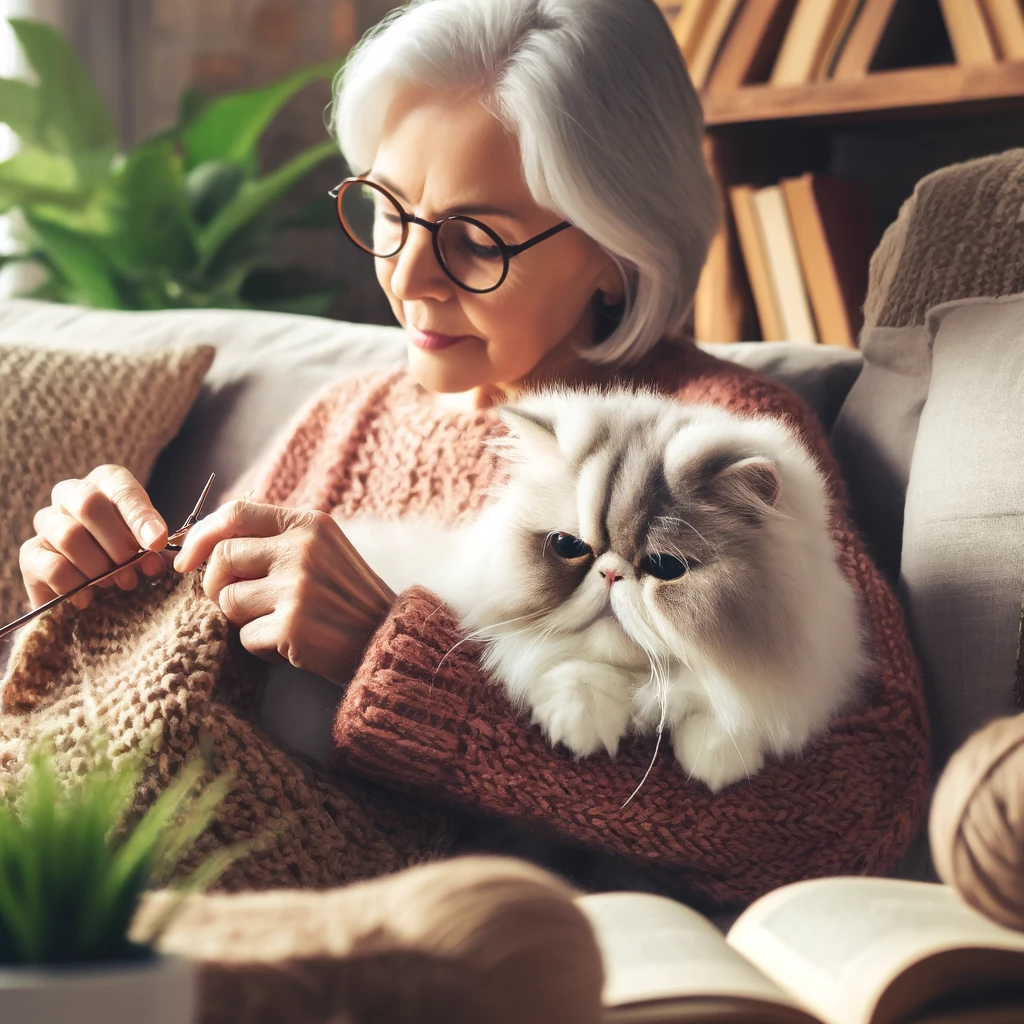
9 Benefits Of Cuddling For Cats And Owners
Cuddling has numerous benefits for both cats and their owners, ranging from reducing stress levels to strengthening the bond between them. Here are nine benefits of cuddling for cats and owners:
1. Reduces Stress Levels
Cuddling can help reduce stress levels in both cats and humans. When you cuddle with your cat, it releases oxytocin, a hormone that helps reduce stress levels in both you and your furry friend.
2. Improves Mood
Cuddling can also improve your mood by releasing endorphins, which are natural mood boosters. Spending time with your cat can help alleviate feelings of anxiety or depression.
3. Increases Bonding
Cuddling is a great way to strengthen the bond between you and your cat. It helps build trust and creates a sense of security for both parties involved.
Exploring women’s oxytocin responses to interactions with their pet cats https://www.ncbi.nlm.nih.gov/pmc/articles/PMC8592048/
4. Provides Comfort
Cats often seek comfort from their owners during times of stress or anxiety, such as during thunderstorms or fireworks displays. Cuddling can provide them with the comfort they need to feel safe and secure.
5. Helps With Socialization
If you have a shy or timid cat, cuddling can help with socialization by building trust between you and your pet. It allows them to become more comfortable around people and other animals.
6. Improves Sleep Quality
Cats are known for being great sleepers, but cuddling can improve the quality of their sleep even further by providing them with warmth and comfort.
7. Reduces Anxiety
Cats may experience anxiety due to changes in their environment or routine, such as moving to a new home or introducing a new pet into the household. Cuddling can help reduce anxiety levels by providing them with a sense of security.
8. Provides Physical Benefits
Cuddling can also provide physical benefits for both cats and their owners. It can lower blood pressure, reduce heart rate, and even boost the immune system.
9. Creates Happy Memories
Finally, cuddling with your cat creates happy memories that you will cherish for years to come. It allows you to bond with your pet on a deeper level and create a special connection that cannot be replicated.
Cuddling is not just a human thing; cats love it too! Persian cats especially, are known to be very affectionate and enjoy cuddles with their owners.
Plus, let’s be real – who doesn’t love a good cuddle session with their furry friend? So go ahead, grab your Persian cat and give them a big hug – they’ll thank you for it!
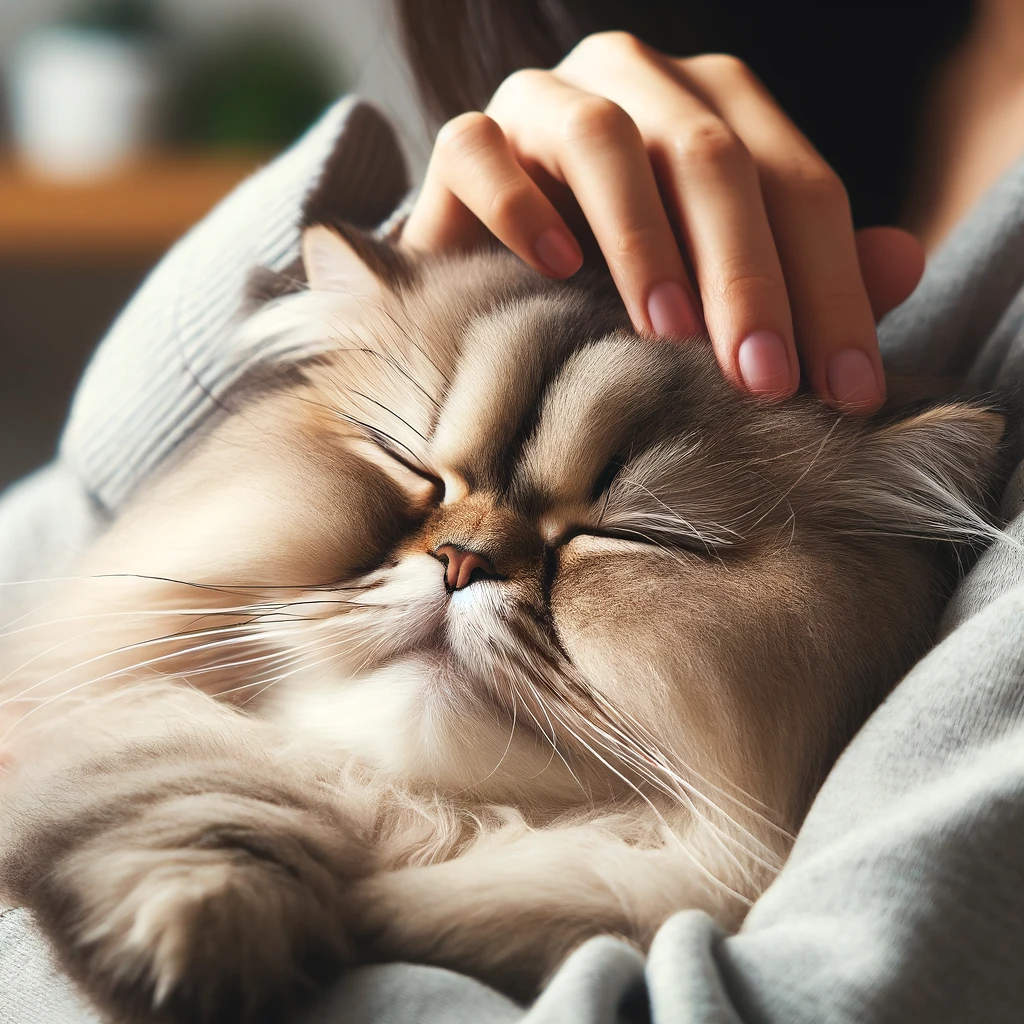
Final Thoughts : Are Persian Cats Cuddly?
In conclusion, it can be said that most Persian cats like to cuddle. While breed does play a role in cat behaviour, it is not the only factor influencing cuddling preferences.
Just like humans have different tastes when it comes to food or entertainment, every Persian cat has their own unique set of likes and dislikes when it comes to cuddling.
Some cats may prefer being cradled like a baby, while others might enjoy curling up on their owner’s lap for some quality time together.
Owners should take into account their cat’s individual personality and past experiences when determining whether or not they enjoy snuggling up.
So next time you’re wondering if your Persian cat wants to cuddle, remember that it’s not just about their breed – it’s about understanding their unique preferences and needs. And who knows? Maybe with a little patience and love, even the most aloof feline can become a snuggle bug.
References:
1. Bradshaw J.W.S., Casey R.A., Brown S.L. (2012) The Behaviour of the Domestic Cat (2nd ed.). CABI Publishing.
2. Ellis J.J., McGowan R.T.S., Martin F., et al. (2017) Exploring the existence and potential underpinnings of dog-human and cat-human attachment bonds.
3. Behavioural Processes 141: 308-315. 3. Turner D.C., Bateson P.P.G. (2000) The Domestic Cat: The Biology of its Behaviour (2nd ed.). Cambridge University Press.
4. Vitale Shreve K.R., Udell M.A.R.(2017) Stress management for domestic cats: A review of behavioral strategies Front Vet Sci 4: 1-10.
5.Morris, D. (1997). Catwatching: The Essential Guide to Cat Behaviour (1st ed.). Crown Publishers.
6.Turner, D.C., & Bateson, P.P.G. (2000). The Domestic Cat: The Biology of its Behaviour (2nd ed.). Cambridge University Press.
